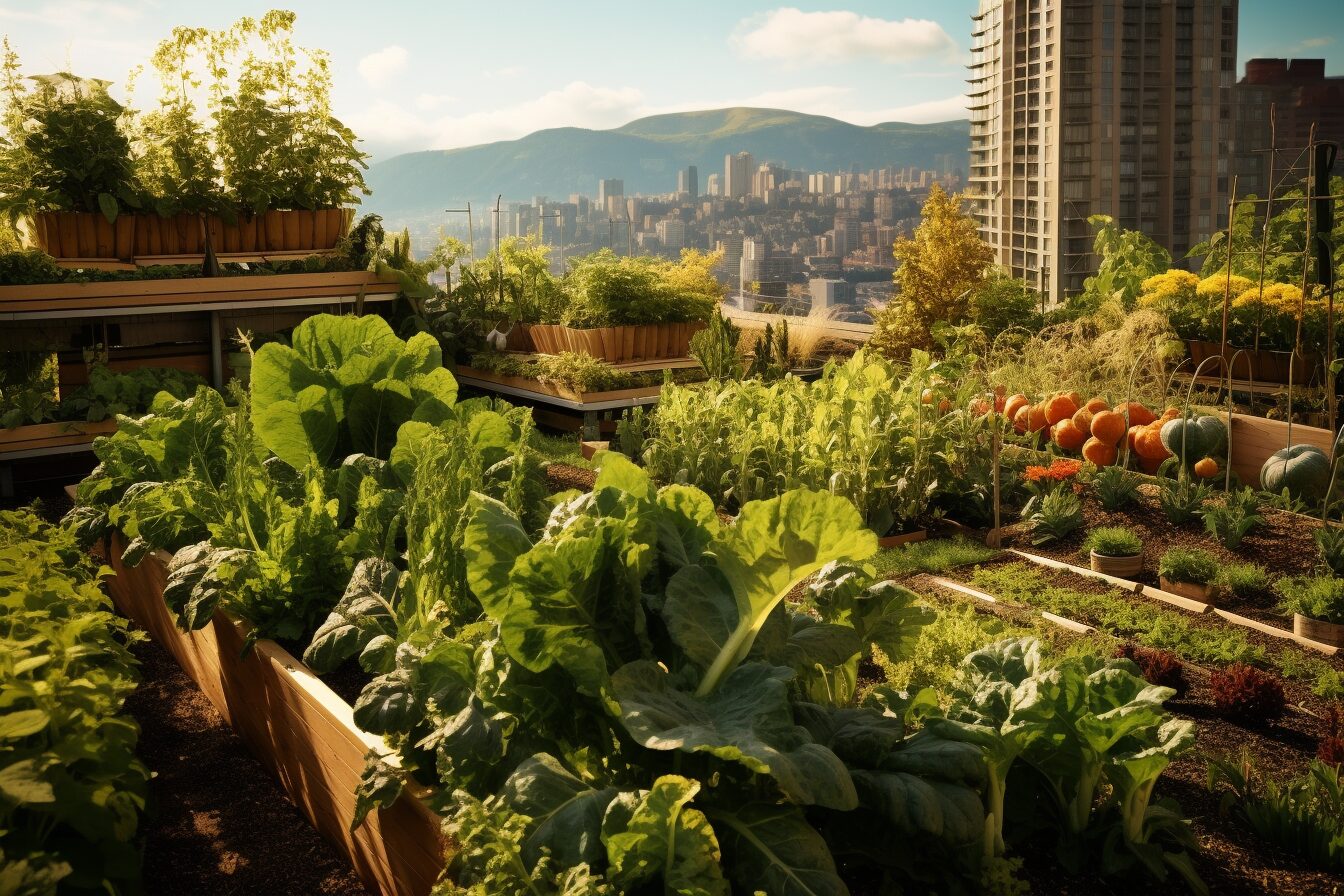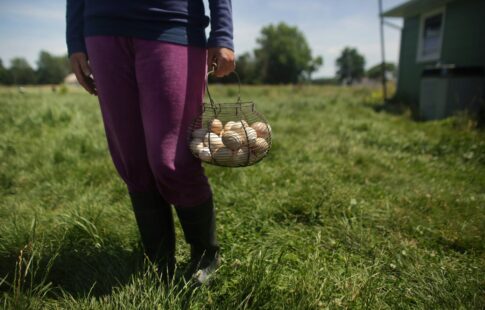
The Case for Urban Community Gardens: A Path to Healthier, Greener Cities
We are reader-supported. When you buy through links on our site, we may earn affiliate commission.
What’s the first thing to come to mind when you hear the word “farm?” Most people will envision an open pasture or rolling hills lined with crops. However, urban community gardens make agriculture possible in metropolitan areas — and serve a significant purpose in nourishing the population.
Hunger in America looks bleak. People went from struggling to put food on the table during COVID-19 to rising inflation, high unemployment and unaffordable housing as they ventured back outside their homes.
For these individuals, community gardens are more important than ever. Here’s why America’s cities need urban agriculture.
A Look at Hunger in America
According to a 2022 Food Research & Action Center report, 12.8% of U.S. households are food insecure — or 44.2 million Americans. About 5.1% of these households are severely affected by food insecurity, reporting regularly skipping meals or limiting their nutritional intake because they can’t afford groceries.
COVID-19 lockdowns further shed light on the hunger problems plaguing Americans. And it wasn’t just unaffordability causing people to starve — it was inaccessibility to healthy food items.
For instance, unable to afford daycare, one grandmother reported relocating to help care for 14 grandchildren while their parents went to work. They ate what they could afford — typically microwaveable items from the local food bank — hot dogs, chicken nuggets and corndogs.
During the formula shortage in May 2022, parents used dangerous feeding methods to nourish their babies. In one study, up to 29% of respondents admitted to watering down the formula to make it stretch, further implicating infant nutrition and food security.
Why Are Some City Dwellers Food Insecure?
Urban areas have long dealt with food insecurity, even before the pandemic. However, after officials declared COVID-19 a national emergency, food insecurity became most prevalent among 62.3% of adults in urban communities.
The most impacted Americans earned a household income below $35,000. Additionally, Black and Hispanic communities reported the highest food insecurity at 69.3% and 62.2%, respectively.
Hunger is essentially an economic, social and systemic racism issue. City dwellers — and many of those living in suburban and rural areas — face food inequities when there is a lack of money, inflation or unstable employment and housing.
In a new survey examining the factors of food insecurity in America, 55% blamed unaffordable housing, 44% said high unemployment and 42% reported stagnant wages. Despite being employment hubs, cities are also vastly more expensive to live in than rural areas.
What Are Food Deserts?
Some low-income urban neighborhoods are also food deserts. City residents who have to travel over one mile for food — and over 10 miles in rural communities — live in a food desert.
The U.S. Department of Agriculture (USDA) determines food deserts using low-income census tracts — at least 500 people must live over one-half mile from a grocery store in an urban area to be considered one. By this measure, 40% of the U.S. population lived more than a mile from a supermarket with little access to goods in 2019.
The low-income census tracts also measure transportation availability. If over 100 households do not own a vehicle and are over a half-mile from the supermarket, they live in a food desert. The USDA says 8.6% of households do not own a car, while 4% of those individuals live at least one-half mile from a store.
Urban Community Gardens: A Viable Solution for Food Equity
Urban community gardens bridge the gap between low-income city residents and adequate nutrition. In fact, a 2012 study demonstrated reduced household food insecurity from 31% to 3% after participating in urban agriculture in Oregon.
Other research indicates a higher intake of fruits and vegetables when given access to urban community gardens. Actually, participants consumed 1.4 times more fresh produce daily and were 3.5 times more likely to meet the standard dietary recommendations.
Other benefits of urban gardens include the following:
- Greater connection to the local community
- Social support from the neighborhood
- Improved happiness and life satisfaction
- Better mental health outcomes, including depression and anxiety
- More physical activity and lower obesity levels
- Higher nutritional quality
Most commercial food products travel 1,500, losing 30% of their nutritional value. With urban community gardens, citizens can access freshly harvested goods with the highest quality nutrition possible at an affordable price.
Some school and community gardens offer nutritional resources, too — an invaluable tool to promote healthier living in low-income neighborhoods. For instance, the American Heart Association awards annual grants to various community garden projects delivering access to food and nutritional education in underserved communities.
Starting an Urban Community Garden Near You
Establishing an urban community garden in your city can make a significant difference in delivering food equity. You’ll want first to find people with like-minded interests, concerns and experience to form a committee, such as local landscapers, nutrition experts, doctors and others.
Next, you’ll need to know the rules and zoning requirements for implementing urban agriculture where you live. For instance, the NYC Parks GreenThumb program supports over 550 urban community gardens and farms throughout the five boroughs. Those who cannot find a garden to join in their neighborhood can follow GreenThumb’s instructions to start one.
Every path to starting a community garden differs, but all must choose a suitable site, seek sponsorship, and design and prepare the lot for planting.
The committee will also need to establish governance with rules for occupying plots, the types of plants and produce participants can grow, and what forms of pest management are allowed. An organic garden must avoid synthetic pesticides, fertilizers, and herbicides and opt for more natural mitigation.
Starting an urban community garden takes a lot of effort and time, but feeding a hungry community makes it all worth it.
Could Urban Community Problems Solve Hunger in America?
Ensuring everyone has access to clean food and adequate nutrition is a challenging feat. However, urban community gardens are a good start as large city populations dip below the poverty line and live within food deserts.
Share on
Like what you read? Join other Environment.co readers!
Get the latest updates on our planet by subscribing to the Environment.co newsletter!
About the author

Steve Russell
Steve is the Managing Editor of Environment.co and regularly contributes articles related to wildlife, biodiversity, and recycling. His passions include wildlife photography and bird watching.





